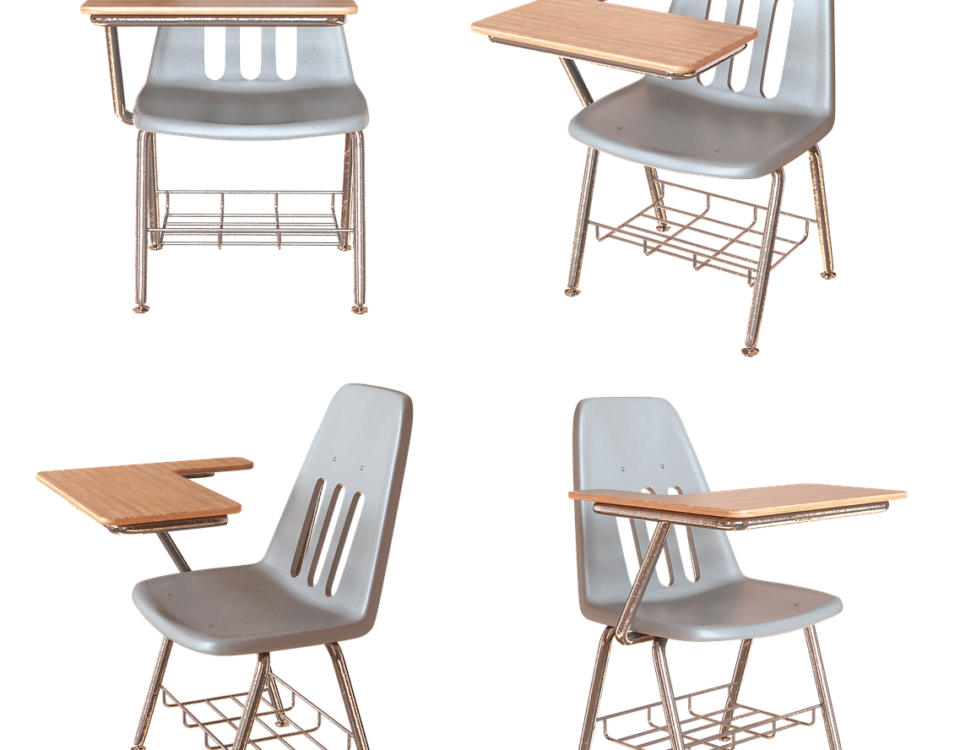3D Printing Rapid Prototyping and Other Rapid Prototyping Technologies

Differences Between the Air-Pressure Jet Solidification (AJS) System and Traditional FDM
February 14, 2025
Basic Principle of 3D Spray Adhesive Rapid Prototyping Process
February 15, 2025Rapid prototyping (RP) technology, based on the discrete/stacking principle, has gained significant attention since its inception. Research into its forming processes has been active and extensive. While several mature rapid prototyping techniques have been introduced in previous chapters, many other technologies have also become practical and widely used over time. These include 3D Printing and Gluing (3DP), Digital Brick Laying (DBL), Solid Ground Curing (SGC), Ballistic Particle Manufacturing (BPM), Direct Shell Production Casting (DSPC), 3D Welding, Direct Sintering Technology, Holographic Interference Manufacturing, and Beam Interference Curing, among others.
Among these, 3D Printing Rapid Prototyping (3DP) has seen rapid development in recent years. This can be attributed to its wide range of materials, low equipment costs, and the ability to miniaturize machines for office use. The term “printing” is used in 3D Printing because the process employs a printhead as the forming source. The motion of the printhead is similar to that of an inkjet printer, moving across the x-y plane of the work surface. However, unlike traditional inkjet printers that use ink, 3D Printing involves the use of binders, molten materials, or photosensitive resins. Through rapid prototyping’s basic stacking building model, prototypes are quickly created.
Types of 3D Printing Rapid Prototyping Technologies
Depending on the type of materials used and the curing method, 3DP can be divided into two major categories:
1. Powder Material 3D Spray Adhesive Forming
This process involves using powder materials that are bound together layer by layer with a binder. The 3D printer sprays a binder onto the powder material, bonding the powder particles together in precise patterns. As each layer is printed, the material solidifies and forms the desired shape. This technique allows for the use of a variety of materials, including ceramics, metals, and plastics, providing flexibility in the prototyping process.
2. Melted Material Inkjet 3D Printing
In this process, melted materials are used instead of powders. These materials are extruded through a heated printhead, which deposits layers of the material on the build platform. The material cools and solidifies as each layer is built up. This method is often used for thermoplastics, and materials such as ABS or PLA are commonly used in this technique. This 3D printing technology is popular for its accuracy and the ability to create highly detailed prototypes with fine geometries.
Why 3D Printing Stands Out in Rapid Prototyping
- Versatile Material Options: One of the key advantages of 3D printing is its ability to work with a wide range of materials, including plastics, metals, ceramics, and even food-based substances. This variety allows manufacturers to produce prototypes that are not only functional but also closely mimic the final product in terms of material properties.
- Low Equipment Cost: Compared to traditional rapid prototyping methods like SLA (Stereolithography) or SLS (Selective Laser Sintering), 3D printing requires lower initial investment in equipment. The technology can even be miniaturized to a desktop size, making it accessible to small businesses, design studios, and research institutions.
- Customizable and Scalable: 3D printing offers high levels of customization, as it allows for the production of unique designs without the need for complex molds or tooling. Additionally, 3D printing technologies can be scaled, meaning businesses can move from prototype production to small batch manufacturing relatively easily.
- Speed of Production: One of the most significant benefits of 3D printing in rapid prototyping is the speed with which a prototype can be produced. Since 3D printers build prototypes layer by layer, they can quickly produce highly complex shapes that might be difficult to achieve with traditional manufacturing methods. This speed not only accelerates the prototyping phase but also allows for faster iteration and design improvements.
Challenges and Considerations
While 3D printing offers numerous benefits, it is not without challenges. The technology’s success largely depends on the correct choice of materials and precise calibration of the printer. For example, while powder-based 3D printing offers great versatility in material selection, the printing process can sometimes be affected by powder compaction, resulting in lower structural integrity. Similarly, for inkjet-based 3D printing, ensuring the right material temperature and nozzle calibration is crucial to achieving quality prints.
Additionally, the resolution of 3D prints can vary depending on the printer’s specifications and the type of material being used. Achieving fine detail on small-scale prints may require more advanced equipment, which can drive up costs.
Conclusion
3D Printing has become a revolutionary technology in the field of rapid prototyping. By providing a versatile, cost-effective, and fast way to create prototypes with a range of materials, it has become a valuable tool in industries such as automotive, aerospace, healthcare, and manufacturing. With continuous improvements in 3D printing technology, its potential for innovation and design is boundless, and its impact on the future of manufacturing and product development is undeniable.
In comparison with other rapid prototyping methods, 3D printing offers unique advantages, making it an ideal choice for creating prototypes that are accurate, reliable, and affordable. Whether you’re a small business looking to test new product designs or a large corporation aiming to streamline your production processes, 3D printing is a technology that should not be overlooked.


